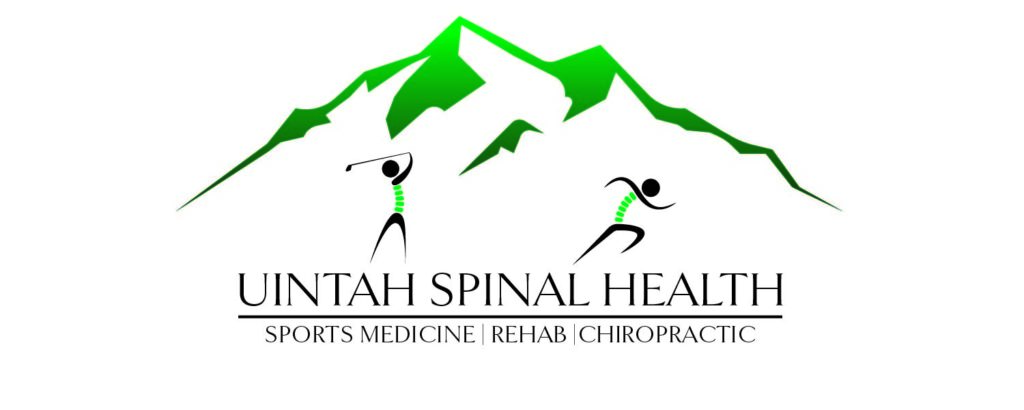Whiplash injuries are common to see if you have been in a car accident or even if you play contact sports. Whiplash can be explained as your head sitting in a neutral position and unexpectedly some force makes your head whip backward and then forwards. The best way to think about this is as if you are sitting in your car and you get rear-ended. The force of the impact drives your body forward while your head goes backward.
The actual whiplash injury happens within the ligaments, tendons, and muscles of the head and neck. It is important to understand that the injury will take some time to heal even if managed properly with strengthening, stretching and if needed adjusting. Proper treatment of these joints will be important to get you back to feeling better.
INSERT VIDEO: https://youtu.be/be8MudAhIvo
Common Symptoms Related to Whiplash Injuries
When dealing with a whiplash injury, sometimes immediately after the accident, you may not feel anything, but a few hours later, you may start to feel that achiness, soreness, and some pain starting to come on. Then you may start to feel some stiffness, lack of mobility, or difficulty moving your neck or back.
You may also experience some headaches from soft tissue injuries, sprains, and or strains to those ligaments and muscles or even numbness and tingling in the arms or legs from a pinched nerve.
Sometimes people experience vision sensitivity to light or difficulty concentrating. These symptoms are typically common with a concussion and you should be referred to a specialist to help you recover from those head injuries.
Whether it’s an injury from sprains, strains, discs, or concussions, we can help you recover or find the best team to help you recover from your accident and get life back to how it was before.
Feel free to schedule online or call our office if you have been in a car accident and are experiencing these symptoms, we can help you.
INSERT VIDEO: https://youtu.be/_RPE0TJ4P8g
How We Evaluate Whiplash Injuries
When we evaluate patients after a whiplash injury, we want to make sure there are no other injuries. After we make sure there are no other injuries, we then want to make sure we evaluate different structures that could have been damaged in a whiplash injury.
Since whiplash injuries are traumatic injuries we like to evaluate the muscles, ligaments, joints, nerve inflammation, and discs in the neck. We want to test the integrity of some of these structures with different ranges of motion, muscle testing, and nerve testing.
There are common things that come up after someone has a whiplash injury. An example is that often their active and passive ranges of motion can both be painful or decreased due to having both muscular and ligamentous injuries. This is just the beginning of how we evaluate these injuries, we will also evaluate the discs and nerves. These evaluations will help us provide the best care possible to a patient who is suffering from whiplash.
INSERT VIDEO HERE: https://youtu.be/kjbT_MeWwZU
Treating Whiplash Injuries
When it is suggested that you are adjusted you should expect to feel an increase in your range of motion because we have found that the joints are stiff or sticky and not moving as well as they could. An adjustment helps reduce pain by reducing the sensitivity of the nerves in the area that is being adjusted.
Treating the Injured Joints
After an assessment of the joints, if we find areas that are stiff or have increased tension, we like to restore function and motion to those joints so that the body does not start to compensate for patterns of stiffness.
Treating the Soft-Tissue
The vast majority of whiplash injuries are ligamentous injuries (aka sprains). If you have sprained an ankle, you know what it feels like to have suffered a ligamentous injury. Our treatment approach for these types of conditions is tailored toward the soft tissue. We like to strengthen the supportive musculature around the injured joints, and also make sure that we treat any sort of muscle stiffness and soreness that may arise as the compensation patterns begin to present themselves.
INSERT VIDEO HERE: https://youtu.be/_RPE0TJ4P8g
